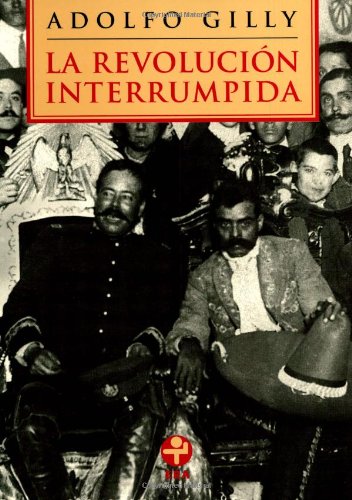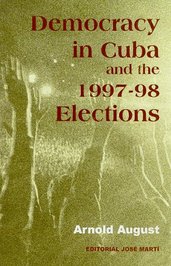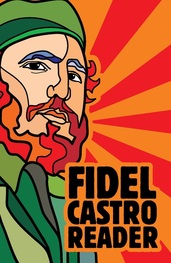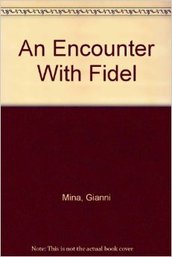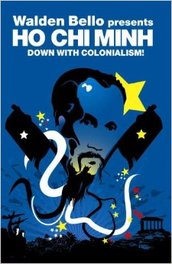In his classic work, The Open Veins of Latin America, Eduardo Galeano comments on the impact of the liberal reforms and the development of coffee production in Central America. “As everywhere, the cultivation of coffee discouraged, in its expansion without limit, the cultivation of food destined for local markets. These countries as well were condemned to suffer a chronic scarcity of rice, beans, maize, wheat, and beef. A miserable agriculture of subsistence scarcely survived, in high and broken lands where the plantations had corralled the indigenous population, having appropriated the lower lands of greater fertility. In the mountains, cultivating in miniscule parcels the maize and beans necessary to survive, the indigenous people lived a part of the year providing labor, during the harvests, to the plantations. They are the labor reserve of the world market. The situation has not changed: the plantation and the small parcel of land constitute together the unity of a system that is based upon the ruthless exploitation of indigenous labor” (2004:140-41; 1997:106).
In the case of El Salvador, with the expansion of the global market for coffee, the elite converted their indigo haciendas into coffee plantations in the latter half of the nineteenth century. In addition, the Liberal government acted to ensure that more lands would become available for coffee production. In the 1870s and 1880s, indigenous communal ownership was abolished, and much of this land was converted into coffee plantations. Many of the new plantation owners were foreign, but they married into and merged with the traditional elite of indigo estate owners to form a single class of coffee plantation owners. Due to the population density, the acquisition of indigenous land by coffee plantations created many landless people. The desperate circumstances of the people made unnecessary the use of coercive labor measures.
In Guatemala, the Liberal government abolished indigenous communal ownership of land in the 1870s, paving the way for the acquisition of indigenous land by individuals seeking to develop coffee plantations. By displacing indigenous people from their land, the government was helping to make labor available for the new plantations. The government also made labor available by rounding up people and requiring them to work at low wages on public works projects (such as roads and buildings) and on privately owned plantations. The government also had military conscription, and exemption from military service was granted to persons in debt to a landholder, thus stimulating a system of labor based on debt peonage.
In Nicaragua, coffee emerged as the most important export activity in the second half of the nineteenth century. However, Nicaragua also had significant mining activity in the North and East and cattle ranches and sugar plantations in the South. Thus Nicaragua was characterized by competing elites with somewhat different interests, giving rise to political conflict within the elite class. Moreover, due to the low density of the indigenous population, elites in all sectors had difficulty acquiring necessary labor, in spite of the efforts of the liberal state, which utilized measures of labor coercion common in Central America, such as alienation of indigenous communal land and debt peonage.
Coffee production also was developed in Brazil during the nineteenth century, utilizing both slave labor and European immigrant labor. After the abolition of slavery in 1888, a system that combined feudal-like servitude with salaried work was developed and continued to exist in the twentieth century. The land in the Brazilian river valley of Paraíba “was rapidly annihilated by this mortal plant that, cultivated in a destructive system, left in its wake devastated forests, exhausted natural reserves, and general decadence” (Galeano 2004:129-30; 1999:97).
Like sugar, coffee illustrates fundamental structures of the world system: forced labor in the periphery; the production in the periphery of raw materials for export; and peripheral elites that act decisively to promote its particular interests, without concern for the consequences for the nation. These structures promote underdevelopment and poverty in the periphery and contribute to the development of the core.
The semi-colonial Latin American republics of the nineteenth century would evolve in the twentieth century to a more sophisticated form of domination: neocolonialism. And neocolonial structures of domination would give rise to popular anti-neocolonial movements, such as the Frente Farabundo Martí de Liberación Nacional (FMLN) in El Salvador and the Frente Sandinista de Liberación Nacional (FSLN) in Nicaragua. The Latin American popular anti-neocolonial movements today have reached their most advanced stage, as we will discuss in future posts.
References
Booth, John A. and Thomas W. Walker. 1993. Understanding Central America, Second Edition. Boulder: Westview Press.
Galeano, Eduardo. 1997. The Open Veins of Latin America: Five centuries of the pillage of a continent, 25th Anniversary Edition. Translated by Cedric Belfrage. Forward by Isabel Allende. New York: Monthly Review Press.
__________. 2004. Las Venas Abiertas de América Latina, tercera edición, revisada. México: Siglo XXI Editores.
Weaver, Frederick Stirton. 1994. Inside the Volcano: The History and Political Economy of Central America. Boulder: Westview Press.
Key words: Third World, revolution, colonialism, neocolonialism, imperialism, democracy, national liberation, sovereignty, self-determination, socialism, Marxism, Leninism, Cuba, Latin America, world-system, world-economy, development, underdevelopment, state, coffee, open veins of Latin America, Galeano

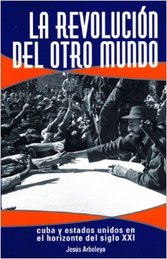
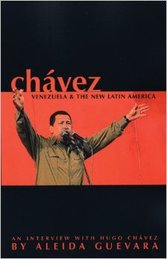
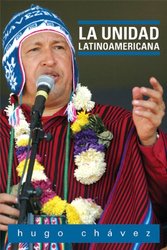

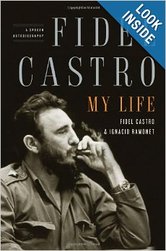
 RSS Feed
RSS Feed
